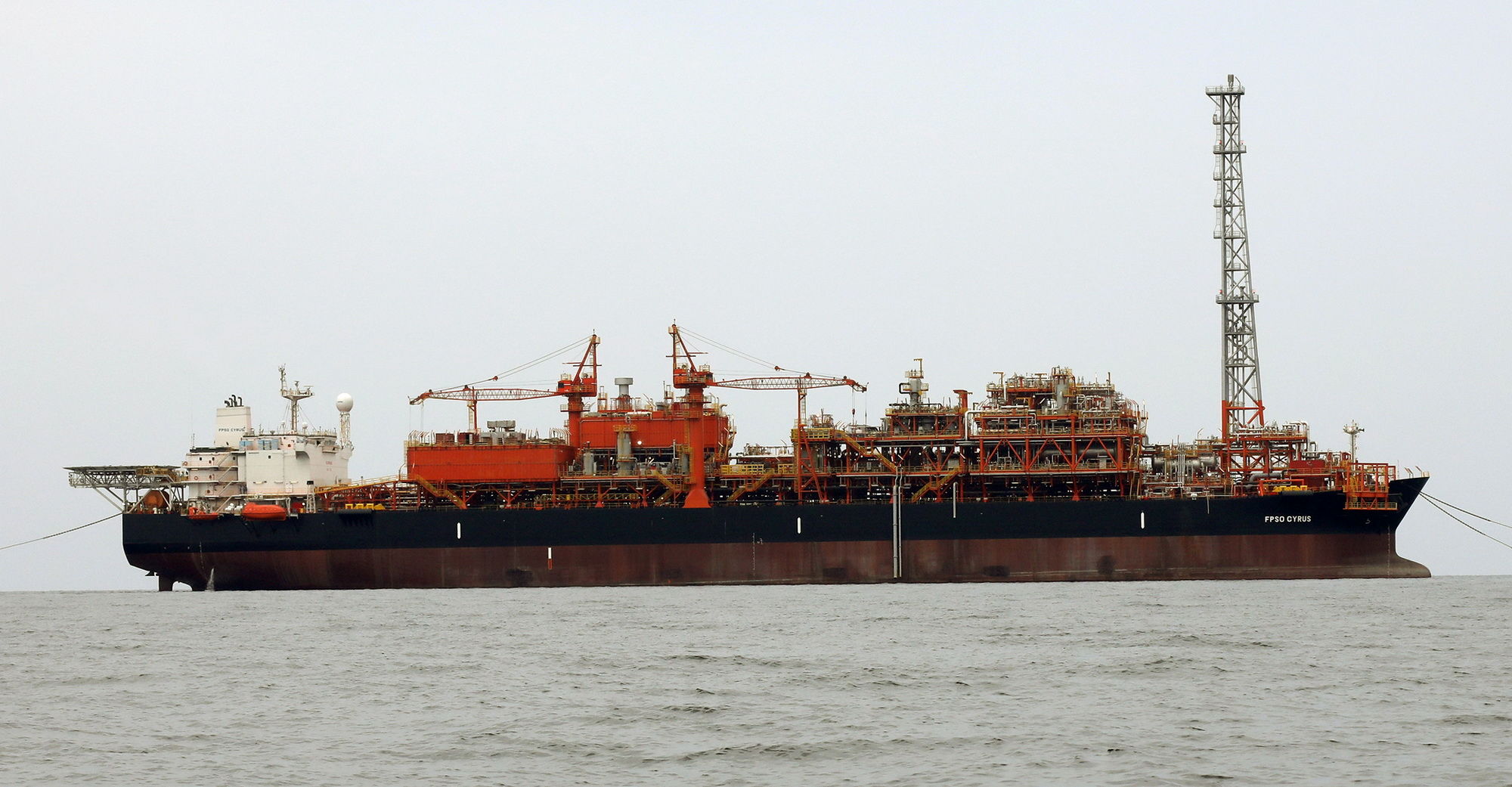Plans call for not only developing the existing oil pipeline grid but also laying new pipelines to boost the export of oil byproducts, the managing director of the National Iranian Oil Refining and Distribution Company said Wednesday.
“Construction of new pipelines to transfer petroleum products to southern oil terminals tops the NIORDC agenda as this approach has always had priority over other means of supply such as using tanker trucks,” Abbas Kazemi, who is also a deputy oil minister, was quoted as saying by Mehr News agency.
According to the official, a new pipeline has been designed to transport refined oil products, especially Euro-4 gasoline, from the Persian Gulf Star refinery in Bandar Abbas to Tehran and other cities in the central and northern regions.
Referring to Bandar Abbas-Rafsanjan-Nain-Ray pipeline which is due to become operational in the near future, Kazemi said the 26-inch-diameter pipeline will make it possible to transport refined products such diesel from the southern regions to meet the needs in the north.
The pipeline has been designed to transfer 50 million liters (equivalent to 360,000 barrels) of petroleum products per day, he said, noting that without the pipeline 700,000 tanker trucks would be needed to supply the petroleum products.
In total, 1,800 kilometers of pipeline is laid in the southeastern parts of the country, parts of which are more than 50 years old. The pipelines get an overhaul every 10 years.
Commenting on operational limits in moving oil byproducts from the north to oil terminals in the south for export, the official said the existing oil pipeline network will undergo major changes.
“Engineering studies on Ray-Arak-Ahwaz pipeline has already started. The pipeline will allow for the transport of petroleum products from south to north and vice versa,” Kazemi said. A stretch of pipeline that runs through the central Isfahan Province will be expanded to ease the transport of oil byproducts between Tehran, Ahwaz and Bandar Abbas.
Export of Byproducts
Recalling that Iran has become an exporter of petroleum products under President Hassan Rouhani's administration, Kazemi said the export of oil byproducts stands at 500,000 barrels a day.
“According to plans, the volume will rise to 650,000 barrels per day by October next year” with the lion's share of the rise coming from the Persian Gulf Star Refinery, the country's biggest refinery project.
On Euro-4 gasoline now available across the country, the official said the goal materialized after 15 years of investment.
Plans call for raising Euro-4 gasoline output at Lavan Refinery in Hormozgan Province from 2.1 million liters per day to close to 3 ml/d in six months.
The complex has the capacity to process up to 60,000 barrels of crude oil per day and receives all of its input from four small- and medium-size offshore fields in the Persian Gulf.


